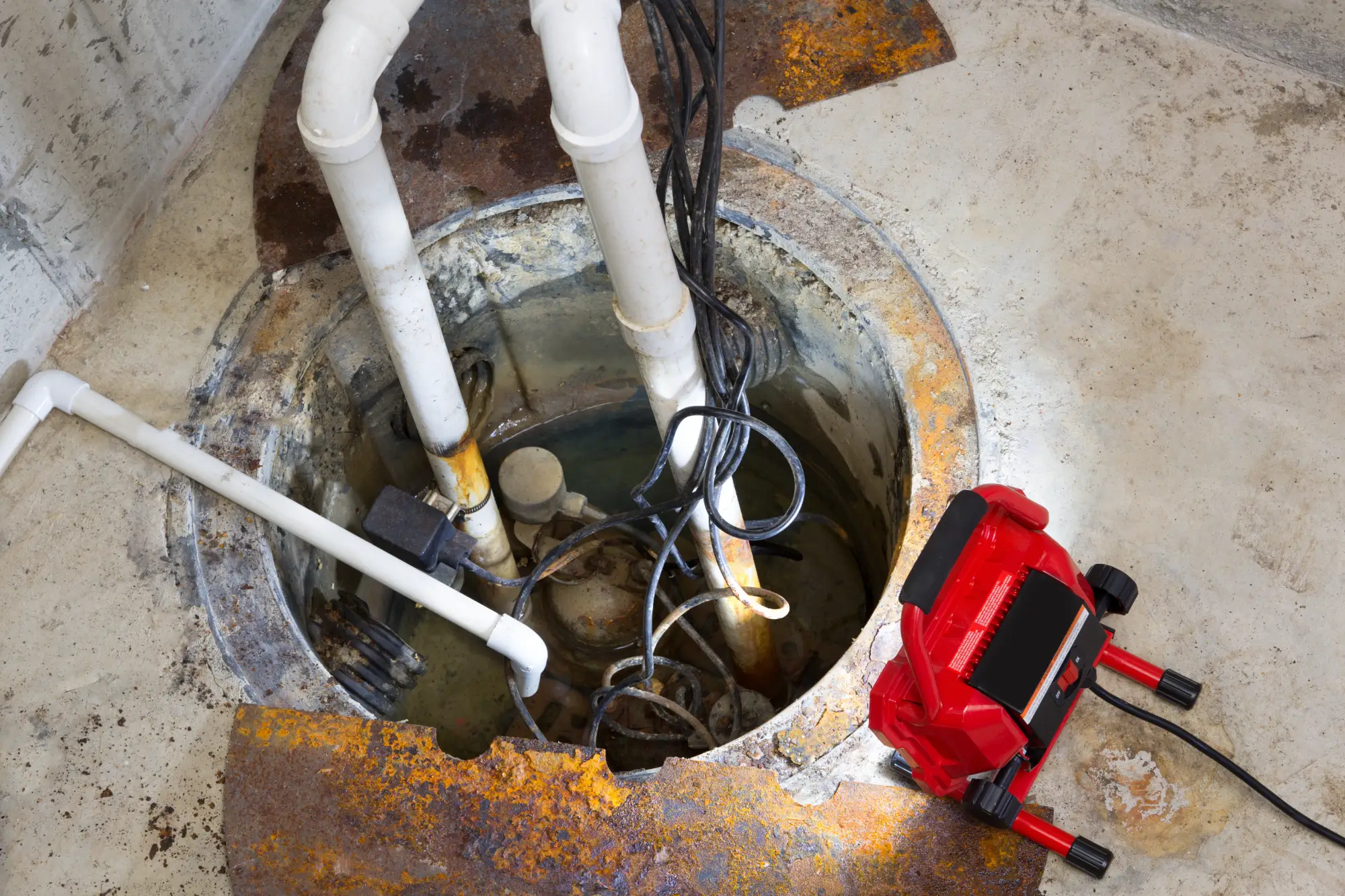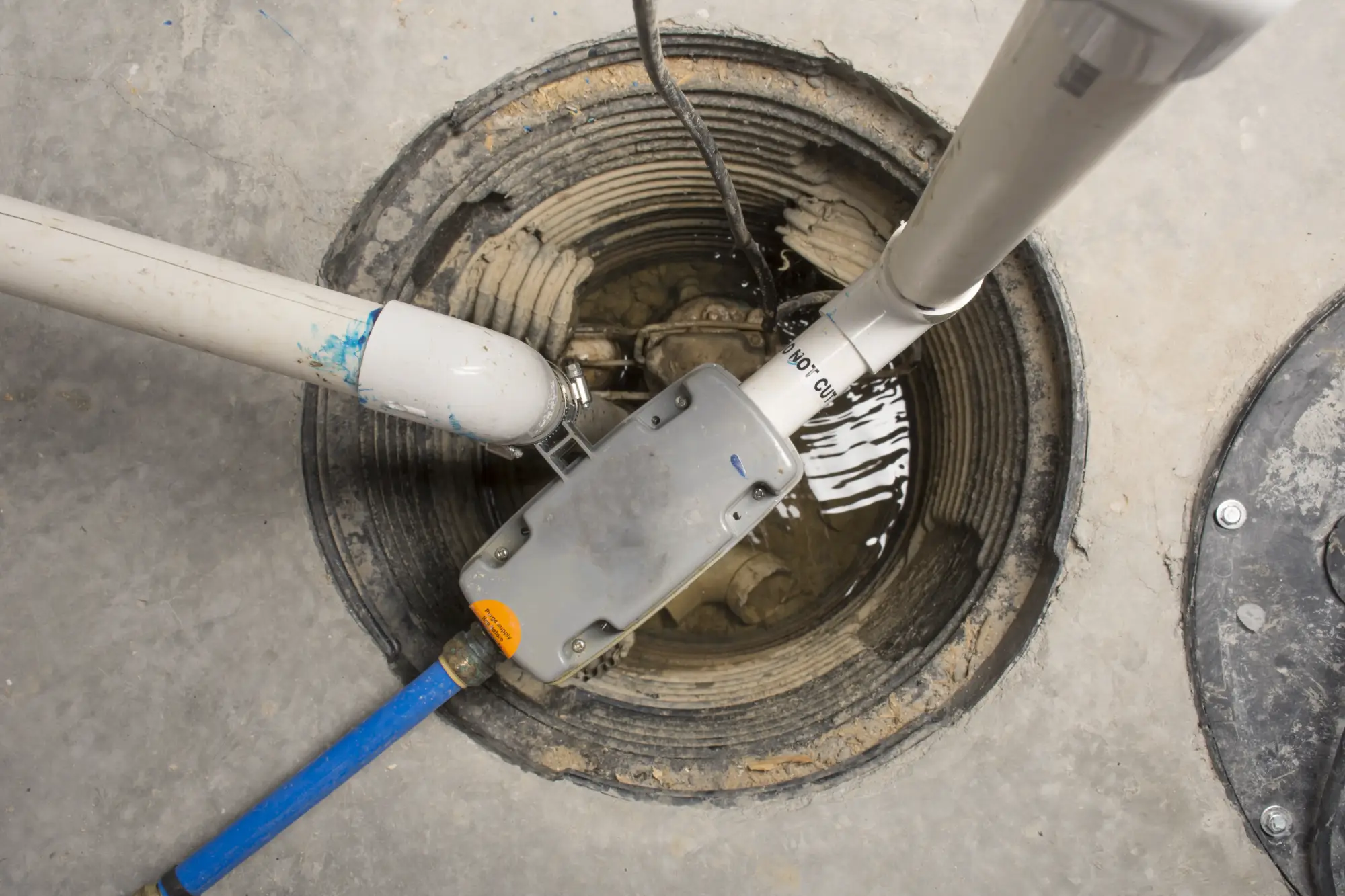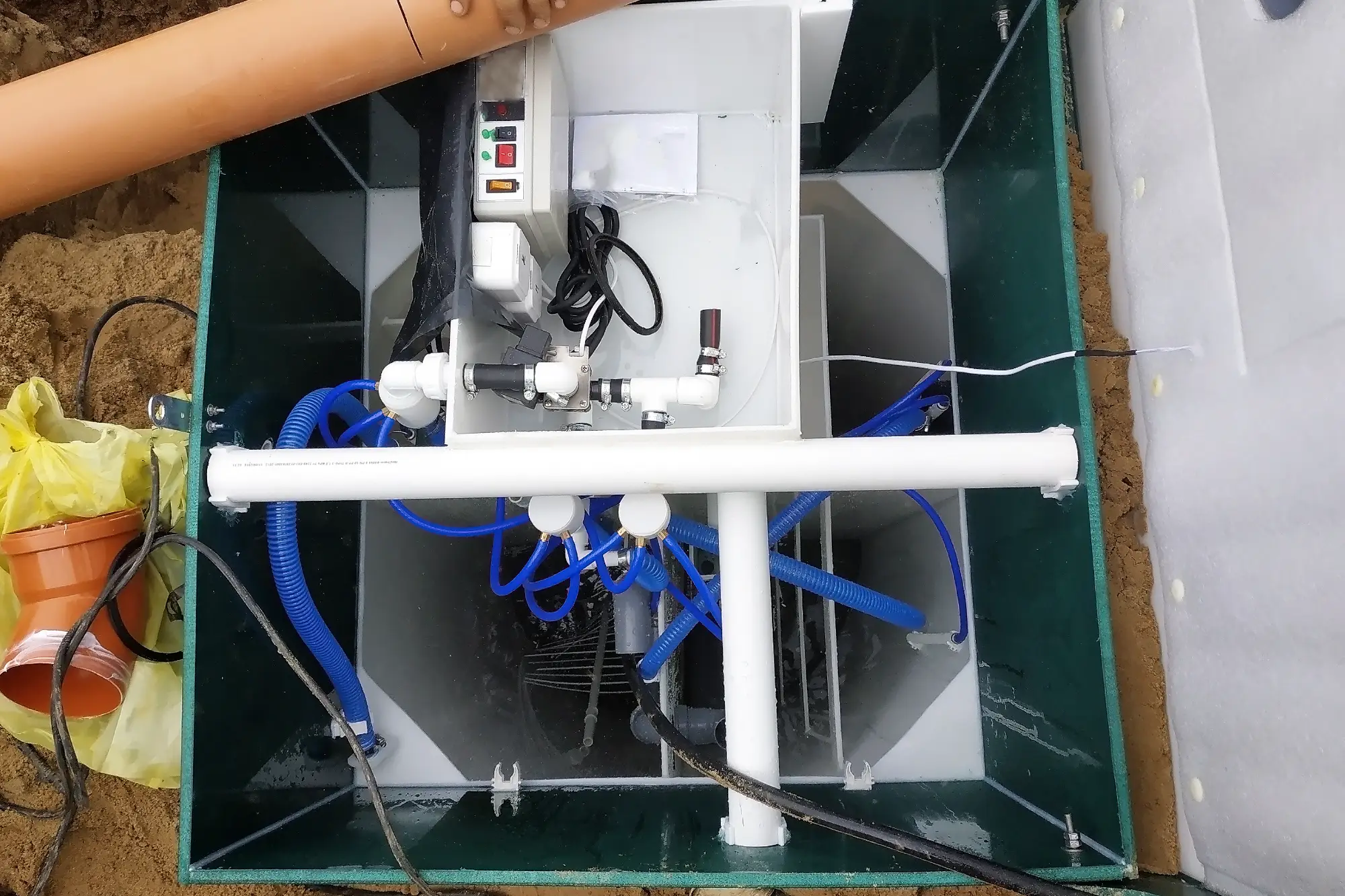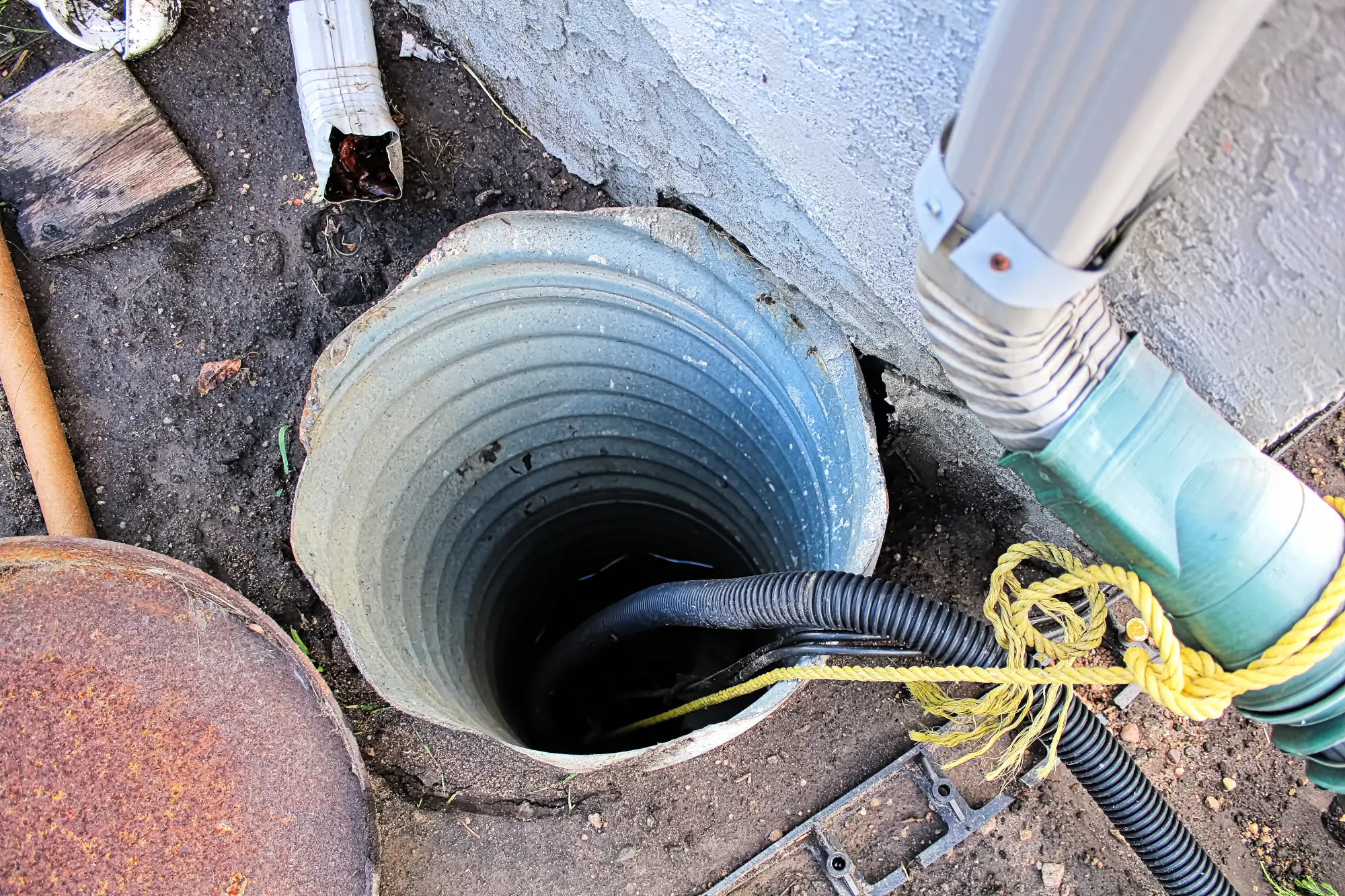Sump Pump Installation in Head of the Harbor, NY
Keep Your Basement Dry When It Matters Most
Professional sump pump installation that actually works when storms hit your Head of the Harbor home.

Hear About Us

Reliable Basement Sump Pump Systems
You know that sinking feeling when heavy rain starts and you’re wondering if your basement will flood again. A properly installed basement sump pump system eliminates that worry completely.
When your sump pump installation is done right, you sleep through storms instead of checking your basement every hour. Your belongings stay dry, your foundation stays protected, and your home value stays intact.
The difference between a working system and a flooded basement often comes down to proper sizing, correct placement, and quality installation. That’s exactly what separates a reliable sump pump system from the ones that fail when you need them most.
Head of the Harbor Sump Pump Installers
We’ve been solving basement water problems for Head of the Harbor homeowners who need solutions that actually work. We understand how Long Island’s water table, seasonal storms, and coastal conditions affect your basement.
Most sump pump problems we see come from improper installation or wrong equipment choices. When you’re dealing with your home’s foundation and your family’s safety, you need contractors who know the difference between a quick fix and a lasting solution.
We handle everything from emergency sump pump replacement to complete basement waterproofing systems, because basement protection isn’t just about one piece of equipment.

Professional Sump Pump Installation Process
First, we assess your basement’s specific water issues and determine the right pump size and placement for your home’s needs. This isn’t guesswork – it’s based on your basement size, water volume, and Head of the Harbor’s unique drainage challenges.
Next, we excavate the sump pit in the optimal location, install proper drainage lines, and set up the pump system with appropriate discharge routing. We make sure everything meets local codes and actually handles the water volume your basement sees during heavy storms.
Finally, we test the entire system thoroughly and show you how it works. You’ll know exactly what to expect from your new basement sump pump system, including maintenance requirements and warning signs to watch for.

Ready to get started?
Explore More Services
About Diamond Masonry & Waterproofing
Get a Free Consultation
Custom Sump Pump Solutions
Your sump pump installation includes proper pit excavation, high-quality pump selection based on your basement’s specific needs, and complete discharge system setup. We don’t just drop in a pump and call it done.
Every installation comes with backup power options discussion, because storms that cause flooding often knock out electricity too. We’ll explain your choices for battery backup systems and help you decide what makes sense for your situation.
You also get a clear explanation of how your new system works, what maintenance it needs, and warning signs that indicate service requirements. Most homeowners appreciate knowing what’s normal versus what needs attention.

How do I know what size sump pump my basement needs?
What happens if the power goes out during a storm?
How often do sump pumps need to be replaced?
Can I install a sump pump myself or do I need professionals?
Where does the water go when the sump pump runs?
What maintenance does a sump pump system need?
Local Resources
- Google Map Link
- Find the Head of the Harbor, NY USPS
- Locate Nearby Head of the Harbor, NY Pharmacies
- View the Current Weather in Head of the Harbor, NY
- Head of the Harbor, NY is located in Suffolk county in New York State